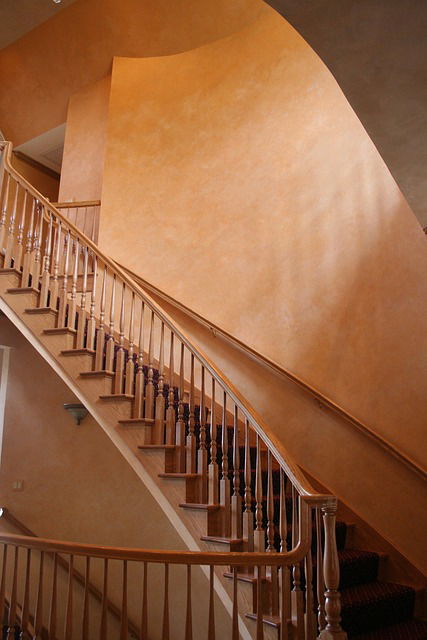Specialty Services/Other

Distressing: A technique to give surfaces an aged, worn look, often used on furniture and cabinetry.
Faux Marble: Creating a marble effect on surfaces using paint and glazing techniques.
Lime Wash: Applying a lime-based paint that offers a unique, textured finish often used for a rustic look.
Antiquing: A method of applying a glaze or wash over a base paint to create an aged appearance.
Rag Rolling: A technique where a rag is rolled over wet paint to create patterns and texture.
Gold Leafing: Applying thin sheets of gold leaf for a luxurious, decorative finish.
Chalkboard Paint: Using a special paint that creates a surface that can be written on with chalk and erased.
Magnetic Paint: Applying a paint containing metal particles to create a surface that magnets can stick to.
Stippling: Using a stippling brush to create a textured pattern with paint.
Sponging Off: A technique where paint is applied with a sponge and then partially removed while still wet to create texture.
Color Washing: A soft, subtle paint technique that creates a warm, mottled effect.
Graining: Using tools and techniques to imitate the appearance of wood grain on non-wood surfaces.
Crackle Glaze: Applying a specialized glaze that cracks as it dries, creating an aged, crackled paint effect.
Metallic Finishes: Using paints with metallic particles to give surfaces a shimmering, metallic look.
Pearlescent Effects: Applying a paint finish that shimmers and changes color when viewed from different angles.
Texture Additives: Incorporating substances into paint to create custom textures, such as sand for a gritty finish.
Ombre Walls: Creating a gradual blending of one color hue to another, often moving tints and shades from light to dark.
